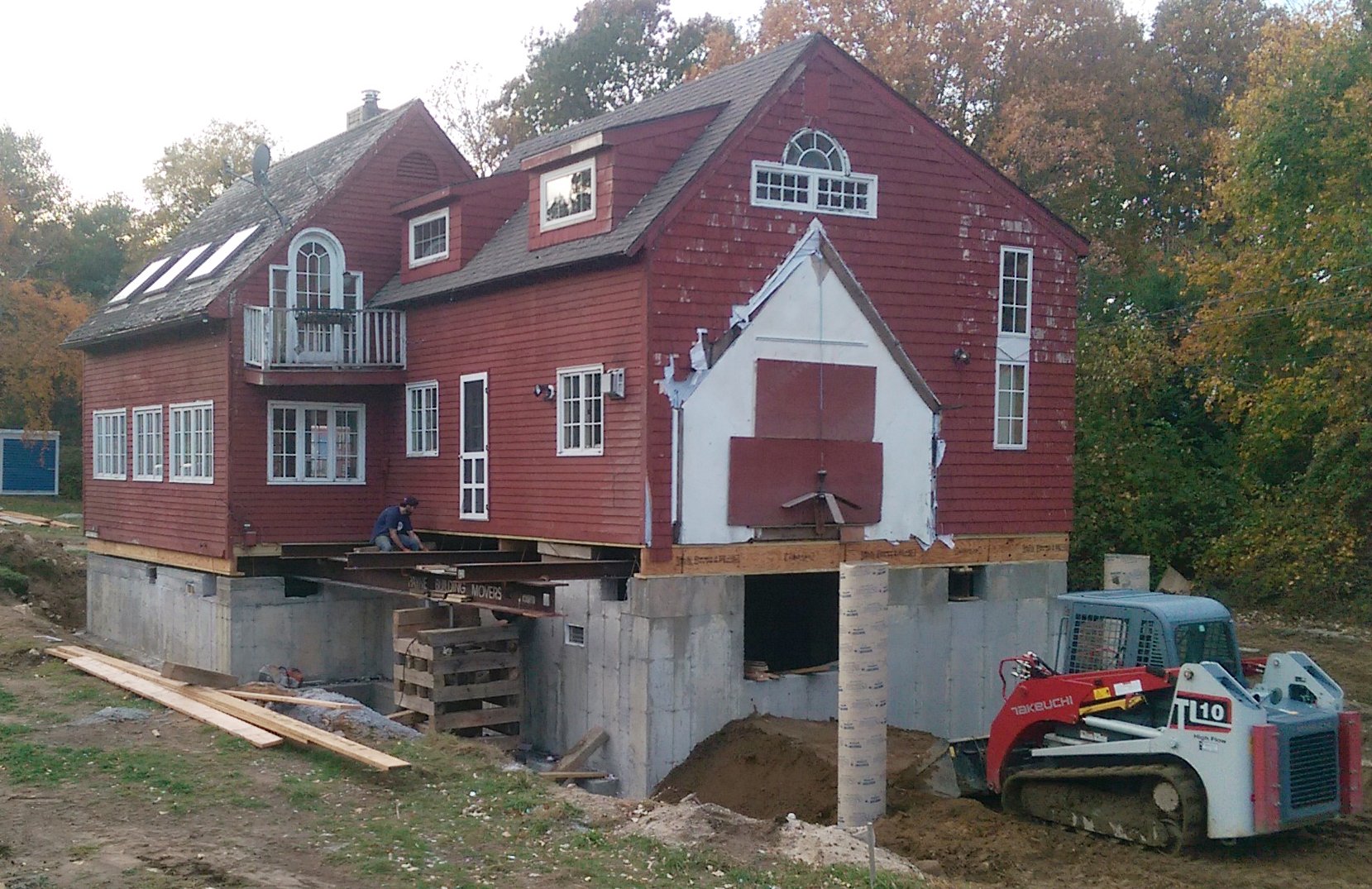Your Dallas neighbor just got some bad news about her house. Their home foundation is damaged or needs stabilization. Here are some things you can do when to avoid expensive foundation damage repairs.
Watch out for these common Texas foundation problems if you are looking to buy a house or planning to build. Being aware of the symptoms and causes means you can take action early to prevent the issue or spend less getting the repairs done.
Major Causes of Foundation Damage
Shoddy construction and foundations poured to the lowest possible standards allowed by law are major causes for foundation issues in Texas, according to one home inspection expert. Texas law allows contractors and engineers to design and build poor quality foundations that will be prone to failure. The damage happens because builders use concrete mixes not rated to handle the extreme temperature fluctuations common to many parts of Texas. It guarantees that sooner or later you’ll be making that call to a local foundation repair company Dallas homeowners dread.
Other causes for damaged foundations include extreme temperature, excessive moisture and tree roots. Many issues relate directly to the type of soil your home sits on. According to Texas A&M, clay soil contracts during long dry periods and can cause the house to sink. This often leads to cracking in the foundation and walls of a home.
Early Detection and Prevention
Early detection could make doing repairs less painful to your purse. Watch for doors and windows that jam or won’t close properly. Sloping floors is a sign that something is wrong as is a visible separation around windows, doors or garage doors. Take a walk around the outside of the house and look at the ground near the house. If the soil is firm against the foundations, your home doesn’t have a problem with dry clay soils. If there is a gap, you will need to add moisture to prevent foundation damage due to settling and sinking.
Prevent damaged foundations on an existing property by keeping the soil around the foundation moist. Install drip irrigation in the areas around the foundation and plant a garden there. The plants will hold the soil and moderate temperature and moisture to help prevent the clay from drying out. Check your local water restriction regulations during dry times. Many areas permit drip irrigation for plants and keeping the soil around the foundation moist.
New Construction
Your best protection against damaged foundations is having contractors, architects and engineers you trust. Don’t be afraid to ask pointed questions and do your own research to make sure you know what is going to work best in your part of Texas. Push your architect and contractor to use only the best possible materials for your part of Texas and don’t accept anything less. It may cost a little more to do it right from the start, but the effort can avoid spending thousands on expensive repairs later on.

